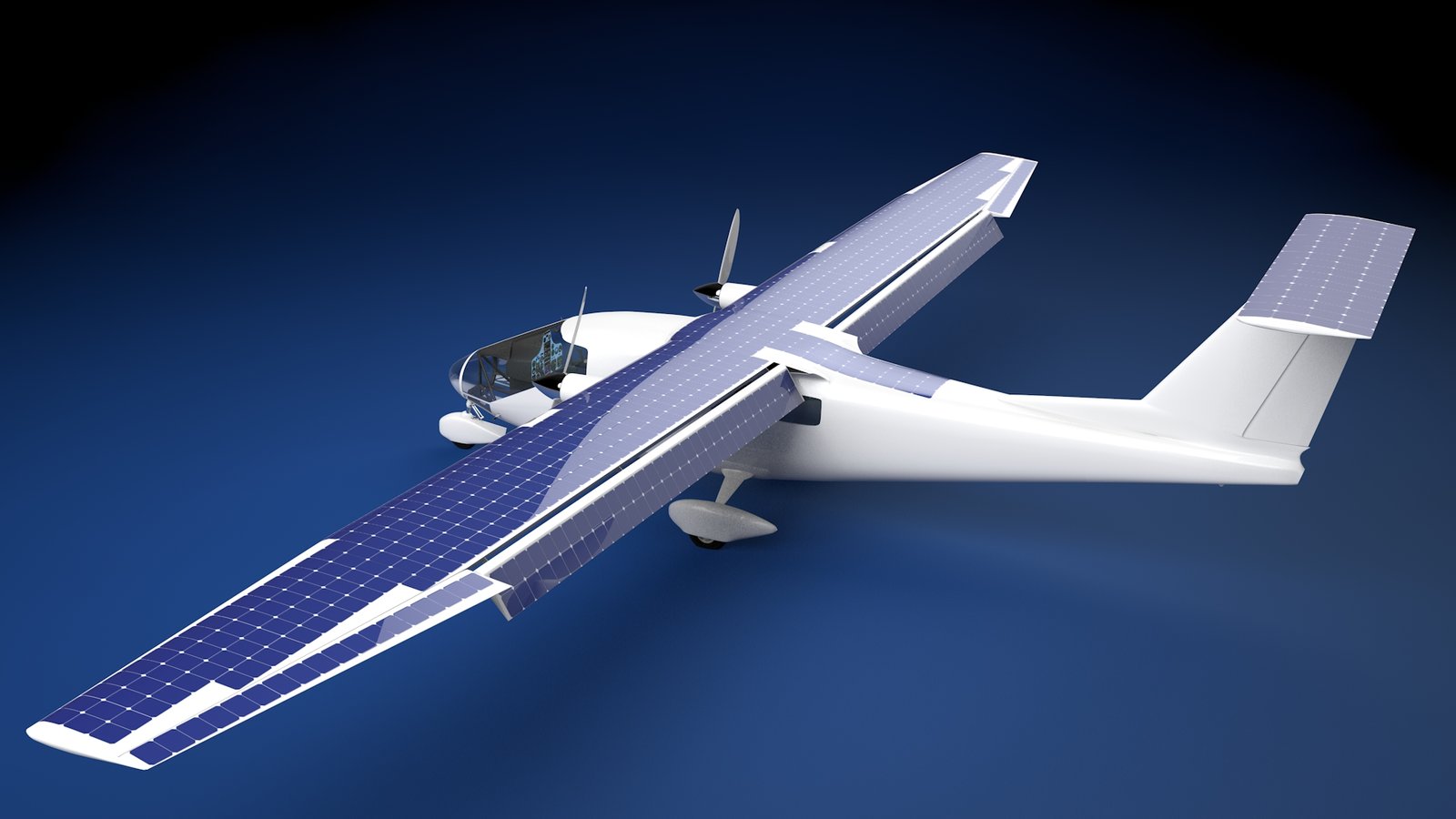In the early days of aviation, gliders were more than just hobby aircraft—they played a pivotal role in transportation, especially during times of war. Military gliders, such as those used in World War II, were essential in transporting troops and heavy equipment into combat zones. Designed by nations including the US, Germany, Britain, and the Soviet Union, these gliders were towed aloft by powered aircraft and released behind enemy lines. Some even experimented with high-altitude sailplanes like the DFS 228 for reconnaissance—though it never saw action—and more audacious projects like the Soviet Antonov A-40, a flying tank, which ultimately proved impractical.
Today, the aviation world faces new challenges, especially in sustainable cargo transport. This begs the question: can gliders make a comeback—not in combat, but in commerce?
Why Gliders Are Ideal for Modern Cargo Transport
Advancements in materials, propulsion, and autonomous technologies present an exciting opportunity to reinvent the glider for modern logistics. Lightweight composites can replace the wood used in World War II, and electric propulsion systems powered by batteries, fuel cells, and even solar panels can make these aircraft self-launching and pilotless.
The secret to the glider’s efficiency lies in its Lift-to-Drag (L/D) ratio—a key metric determining how far an aircraft can fly per unit of energy consumed. High-performance gliders achieve L/D ratios above 50, with most modern gliders exceeding 30. Even older military gliders, like the Waco CG-4, had L/D ratios of 15. Cargo-specific designs can easily target L/D ratios around 20, significantly boosting energy efficiency for logistics applications.
The Science of Efficiency
According to the range equation for electric aircraft:
Range = E × Propulsion Efficiency × (1/g) × (L/D) × (Battery Mass / Total Mass)
Where:
- E is battery specific energy (150-250 Wh/kg).
- L/D greatly impacts range.
A higher L/D means longer distances on the same energy input—making gliders the perfect candidates for long-range, low-energy cargo flights.
Not Just Theory: Proven Potential
Powered gliders are no longer theoretical. Aircraft like the Sunseeker Duo have already demonstrated endurance of over 12 hours, utilizing solar cells and lightweight motors. The Sunseeker Duo’s glide ratio of 38:1 allows it to transport small payloads efficiently, and upgrades with modern multijunction solar cells could significantly boost performance.
High-efficiency solar panels—capable of producing over 850 W/kg—could extend range and endurance even further. Existing solar gliders like the Solar Impulse and Eraole have proven the viability of solar-electric propulsion for sustained flight.
The Case for Mid-Mile Logistics
While gliders aren’t suited for high-speed travel—they typically cruise under 100 mph—they offer tremendous potential for middle-mile logistics (e.g., warehouse-to-warehouse, port-to-warehouse transport). Regions with minimal infrastructure, such as parts of Sub-Saharan Africa or remote island communities, could particularly benefit. These gliders could carry payloads between 100-500 kg over distances of 100-300 miles at a fraction of the energy cost of conventional aircraft.
Companies like Zipline have already demonstrated the viability of fixed-wing drone deliveries, albeit on a smaller scale (up to 1.8 kg payloads). By scaling up, gliders can serve a broader logistics market at low cost.
Innovative Designs: Beyond Traditional Wings
Modern glider concepts could include:
- Retractable electric propellers for self-launch and efficient cruise.
- Front electric sustainers (FES) for reduced drag and cleaner aerodynamics.
- Tandem wing or box wing configurations for maximizing solar collection area and improving structural integrity.
- Distributed propulsion systems, as seen in Eraole 2, for more efficient thrust and redundancy.
The Eraole project exemplifies these advancements, combining solar cells, hydrogen fuel cells, and biofuels in a hybrid glider capable of multi-hour flights. Its evolution into a box-wing design with distributed propulsion highlights the direction future cargo gliders could take.
A Sustainable and Low-Cost Solution
With energy-efficient flight, reduced infrastructure needs, and potential for autonomy, solar-powered cargo gliders offer a promising solution for sustainable logistics. They can deliver cargo noiselessly, with minimal environmental footprint, over regions underserved by current transport networks.
As global supply chains look to reduce costs and emissions, powered gliders—reborn with 21st-century technology—might just take flight again, not for war, but for a greener future.
